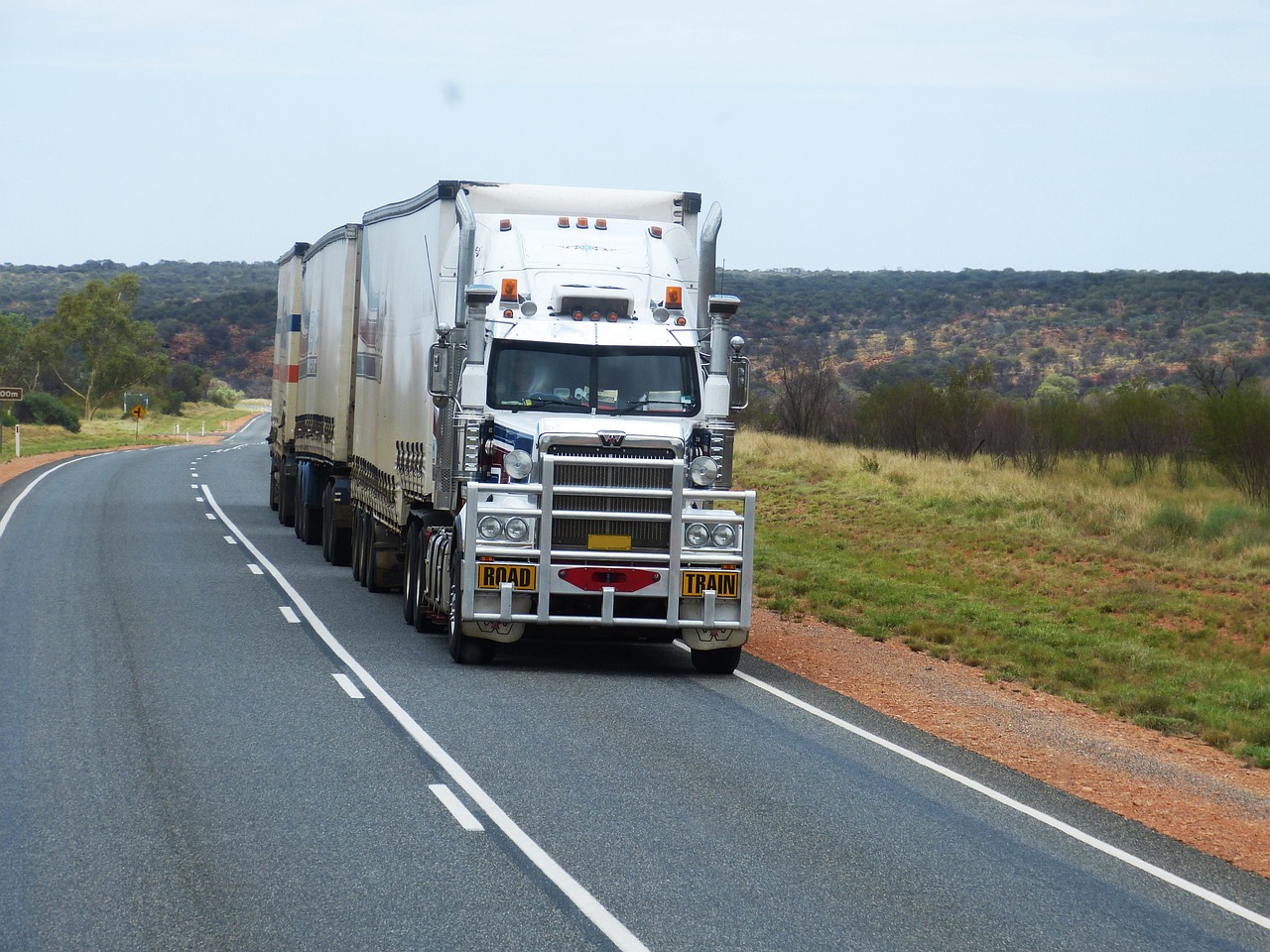How to Start a Trucking Company in 2022
The trucking industry is what keeps America moving. According to the American Trucking Association, 72.5% of all tonnage is hauled by road. With so much of America relying on trucks, the industry has huge opportunities.
Starting your own trucking company requires careful thought and planning to make the most of it. You must ensure everything is in order before opening for business. Here’s what you need to know about starting a trucking company in 2022.
Step One – Create Your Business Plan
The first step to starting any business is to create your business plan. Creating this document is essential because it forms the basis of your business. You will also need to present it if seeking external financing for your business.
Business plans contain everything from your business goals to costs, the target market, and expected profitability.
Building a business plan takes time and is a living document, so you can always return to your business plan and update it later.
Step Two – Register Your Business
Select a business name and register it. There are so many business structures to choose from, so feel free to spend some time speaking to a business attorney who can advise you on the pros and cons of various business structures.
It’s strongly recommended that you choose a business structure that provides you with personal liability protection so that your personal assets are safe in the event something goes wrong.
Step Three – Obtain Your Licenses
The nature of the trucking industry means this is a highly regulated industry. Every state has its own system for licensing and permits, so make sure you familiarize yourself with your state’s requirements first.
It also depends on the vehicle you’ll be driving, what you’ll be hauling, and whether you will be transiting across multiple states.
Talk to your state’s Department of Transportation to learn more about your obligations.
Step Four – Consider Your Equipment
Your primary piece of equipment is your truck. There are many options for renting trucks, rent-to-own, and purchasing them outright. Examine the market now to figure out how much money you may need to apply for when seeking out financing.
If you’re running an entire trucking operation rather than just driving, you may also need to think about other forms of equipment.
For example, you may need a forklift trailer hitch if you’re going to be transporting industrial machinery. You may also want to consider purchasing a forklift if it’s in your plans to start a whole depo.
Try to start in a small way because trucks are expensive and will take a few years to pay off. However, with the average truck company owner earning just under $200,000 a year, investing in quality equipment now will pay dividends later.
Step Five – Apply for Financing
Emptying your savings account to start your trucking company is rarely a good idea. Most small businesses will not break even in the first year of their business.
The best option is to apply for financing to launch your business, so you will also have that personal financial safety net if things go wrong.
Several financing options are available, including U.S. Small Business Administration (SBA) loans, bank loans, and even angel investors.
Some states may even offer grants for new truckers to get on the road.
Step Six – Purchase What You Need
At this stage, you can start actually purchasing what you need. Depending on your business plan and finances, you will either want to lease or purchase a truck. There’s no right or wrong option in this scenario. It depends entirely on your plans.
Generally, it’s recommended that you opt for a lease if you cannot afford the down payment on the equipment you want. However, if you can afford the down payment, it’s better, in the long run, to use an equipment financing loan to purchase your truck outright.
Step Seven – Hire and Train Staff
Unless you operate as a one-person business, you must hire and train staff. The easiest way to find staff in the trucking industry is through a CDL truck driver staffing agency. Alternatively, you can add a listing on a job website, your own website, or through social media.
You will also need to develop a truck driver training program. It must be compliant with your state’s rules. Again, unless you have prior experience, it’s best to work with an existing truck training provider who can manage everything on your behalf.
Step Eight – Find Your First Customers
You should have already determined your ideal shipper in your business plan, including which industry they’re in, what they ship, and where they ship it. After establishing your ideal customer, there are several ways to begin finding the right customers, including:
- Making your presence felt on online load boards
- Connecting with trustworthy freight brokers
- Joining associations within your customer’s industry
- Cold-calling businesses you would like to work with
- Downloading a load-matching app
Step Nine – Start Trucking!
Once you find a customer, it’s time to start hauling your first loads. Again, keep track of the numbers that matter, including timings and fuel consumption.
At this stage, you will need to begin looking into company fuel cards and defining the protocols that will get the most out of your drivers.
You must continuously search for new customers to keep you and your drivers busy. Working with a broker who can recommend you to others is an excellent way of keeping the work coming in.
Conclusion
The trucking industry is highly competitive, meaning you shouldn’t expect instant success. Instead, you will need to work to get your name into the open and focus on producing a high-quality service.
However, successful truckers have tremendous potential to make massive amounts of revenue every year. Success will enable you to grow and expand your operations across your state and beyond.
What type of trucking company are you looking to start?

